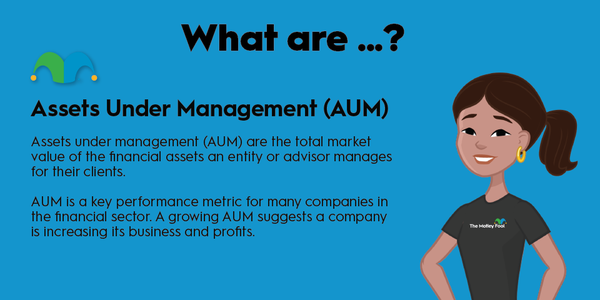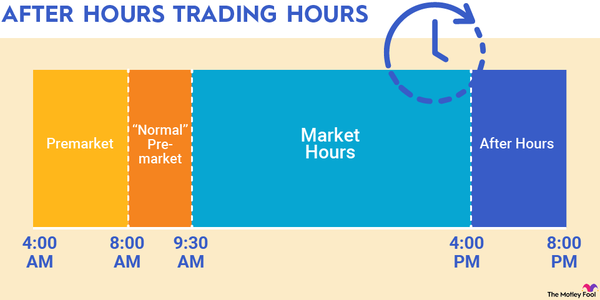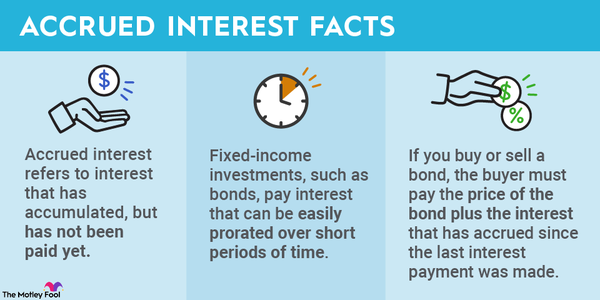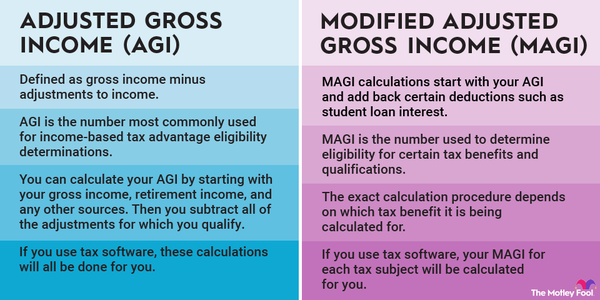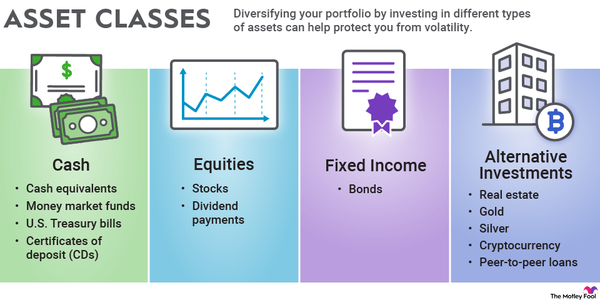As a burgeoning investor, you'll come across many new terms and phrases that might not mean a lot at first but will be more important as you develop your investing skills. Abnormal returns is one of those terms and a valuable metric to understand as you continue your investing adventure.

What are abnormal returns?
What are abnormal returns?
When you're evaluating a stock, the profits that the company returns are vital to deciding how much you're willing to invest or if you're willing to invest at all. There's another element that you definitely should also be looking at -- abnormal returns. They're exactly what you might think they are, a return that's somehow unexpected.
Abnormal returns can be abnormally high or abnormally low across a period of time, but no matter the direction, they are far away from the projected return. There are many different tools to project what the return should be, more or less, including asset pricing models and long-term historical average returns.
Why they matter
Why do abnormal returns matter?
Abnormal returns sometimes don't matter if they're a one-time anomaly or the result of an expected fluctuation in the wider economy. But at other times, they can point to serious problems with the management of a portfolio or business. If your investment experiences chronic abnormal returns, it might indicate something like fraud or other types of manipulation are at play.
It's important to examine the abnormal returns of an investment before jumping in so that you know whether or not your investment is reliable. Another similar metric, cumulative abnormal returns (CAR), is useful to help track the effect of events like lawsuits and buyouts on the price of the stock over longer periods.
Abnormal vs. excess returns
Abnormal returns versus excess returns
Excess returns sounds like it might be a subtype of abnormal returns, but they're very different in the investing world.
Abnormal returns are generally directly caused by an action of either a company or an investment manager (if the abnormal returns are for a portfolio). For example, a company might have negative abnormal returns if they were sued for a defective product that hurt a lot of people, or a portfolio manager might generate positive abnormal returns by doing a really good job at picking a basket of securities.
Excess returns, on the other hand, are essentially caused by the wider investment market. Abnormal returns may influence excess returns, but excess returns are calculated when the return of one investment is compared to another similar investment or, alternatively, a risk-free rate.
For a very simplistic example, let's assume that XYZ, Inc. returns 5% in a year, and a very similar stock, ABC, Inc., returns 7.5%. If you invested in ABC, Inc., you'd have a 2.5% excess return over XYZ, Inc., a very similar stock. In the same vein, if you invested in XYZ, Inc., and instead used a bond rate's 4.5% return for a risk-free rate comparison, you'd have an excess return of 0.5% with your investment.
Related investing topics
How to calculate
How do you calculate abnormal returns?
Calculating abnormal returns is fairly simple once you have all the variables in hand. First, you need the formula for the expected return, which is Er = Rf + (β x (Rm - Rf)), where:
Er = Expected return
Rf = Risk-free rate
β = Beta, the risk coefficient for a particular investment (you can look this one up)
Rm = Return on the market or reference index
Once this is figured, you can subtract the expected return from the actual return to see the abnormal return. If the security or portfolio has underperformed, you'll end up with a negative number; if it has overperformed, it'll be positive. It can also be zero, but it's pretty unusual to be right on target.







